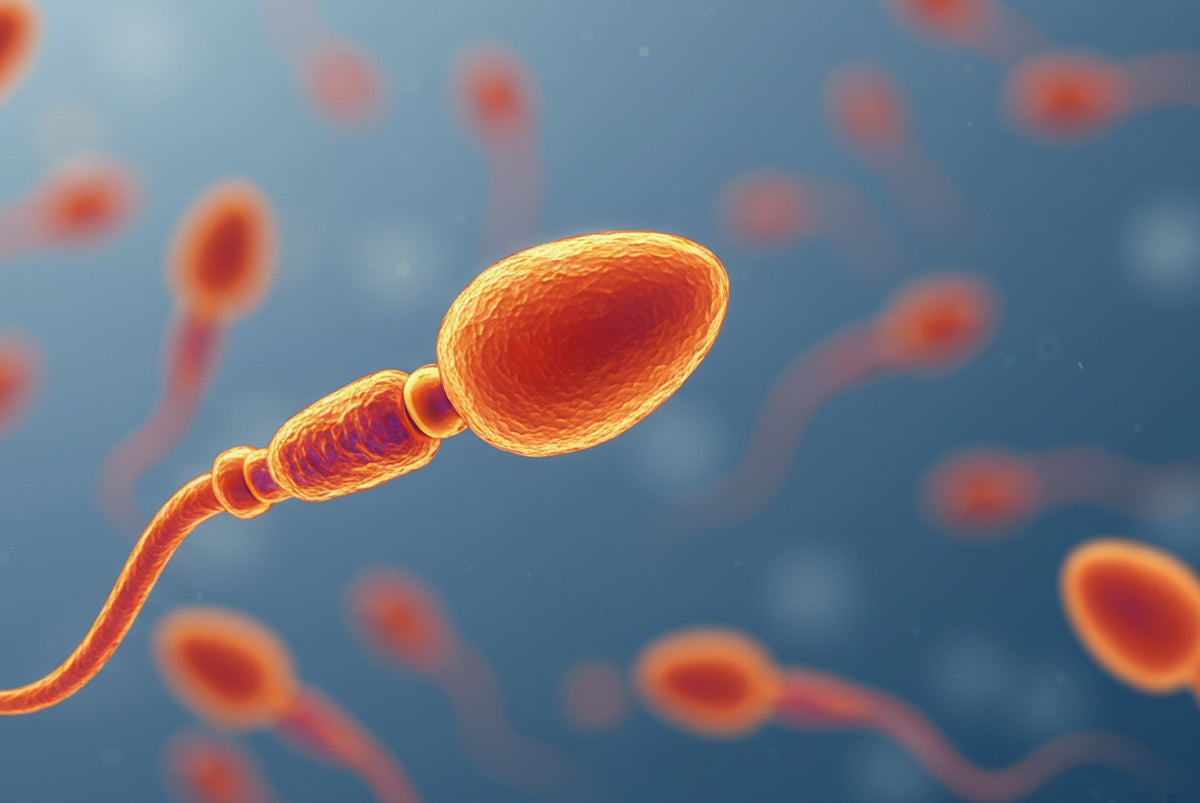

When discussing human reproduction or male reproductive health, the terms semen and sperm are often used interchangeably. However, they refer to distinct entities, each playing a critical role in the fertilization process. Understanding the difference between semen and sperm is essential for clear communication, sexual education, and addressing male fertility concerns. Below is a comprehensive explanation of the key differences and their importance in the male reproductive system.
What Is Sperm?
Sperm refers to the microscopic male reproductive cells, also known as spermatozoa, that are responsible for fertilizing the female egg (ovum). These cells are the result of the intricate spermatogenesis process, which occurs in the testes. A single sperm cell is incredibly tiny, measuring about 0.05 millimeters in length.
Each sperm cell consists of three main parts:
Head : Contains the nucleus, which houses the genetic material (DNA) needed for fertilization.
Midpiece : Packed with mitochondria that generate energy for movement.
Tail (flagellum) : Propels the sperm forward, enabling it to swim toward the egg.
Spermatogenesis, the process of sperm production, takes approximately 64–72 days and is a continuous cycle in healthy males. Factors such as lifestyle, age, and overall health can influence the quality and quantity of sperm. Key measures like sperm motility (the ability to move effectively) and sperm morphology (the size and shape of sperm) are crucial indicators of male fertility.
What Is Semen?
Semen, often referred to as seminal fluid, is a viscous, whitish fluid ejaculated during sexual activity. Unlike sperm, semen is not a single cell but a complex mixture of fluids secreted by various male reproductive glands. These fluids play critical roles in ensuring the survival and functionality of sperm.
The key components of semen include:
Seminal Vesicles : These glands contribute the majority of the fluid, which is rich in fructose to provide energy for sperm.
Prostate Gland : Produces a slightly alkaline fluid that helps protect sperm from the acidic environment of the female reproductive tract.
Bulbourethral Glands : Secrete a small amount of fluid that lubricates the urethra and neutralizes any residual acidity.
Semen acts as a transport medium for sperm, facilitating their journey through the female reproductive system. Its composition is tailored to optimize the survival, mobility, and function of sperm, providing a safe and nourishing environment.
Understanding the Difference Between Semen and Sperm
Understanding the difference between sperm and semen is crucial for various reasons:
Reproductive Health :
A semen analysis is a common diagnostic tool for evaluating male fertility. This analysis measures parameters such as sperm count , motility, and morphology to assess reproductive potential.
Sexual Education :
Clear distinctions help in educating individuals about the fertilization process , contraception, and sexually transmitted infections.
Medical Concerns :
Issues like low sperm motility , abnormal sperm morphology , or irregular semen production can indicate underlying health problems requiring medical attention.
Factors Affecting Male Fertility
Several factors can influence the quality of both sperm and semen, impacting male fertility:
Lifestyle Choices :
Smoking, excessive alcohol consumption, and poor diet can reduce sperm quality.
Environmental Factors :
Exposure to toxins and high temperatures can negatively affect sperm production .
Medical Conditions :
Conditions such as varicocele, infections, or hormonal imbalances can impair the spermatogenesis process.
Promoting Reproductive Health
Maintaining a healthy lifestyle is key to optimizing both sperm and semen quality. Regular exercise, a balanced diet rich in antioxidants, and avoiding harmful substances can enhance male fertility. Additionally, addressing any medical issues promptly can prevent long-term reproductive complications.
Conclusion
Sperm and semen are distinct yet interdependent components of the male reproductive system. While sperm are the specialized cells responsible for fertilization, semen serves as the protective and nourishing medium that ensures their survival and successful delivery. Together, they play a vital role in the fertilization process, highlighting the intricate nature of human reproduction. Understanding their differences not only promotes reproductive awareness but also aids in addressing related health concerns effectively.
By incorporating knowledge of sperm motility, seminal fluid composition, and the roles of glands like the seminal vesicles and prostate gland, individuals can gain a deeper understanding of male fertility and reproductive health.











